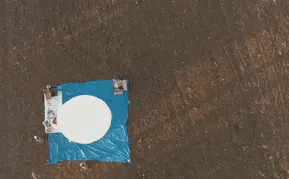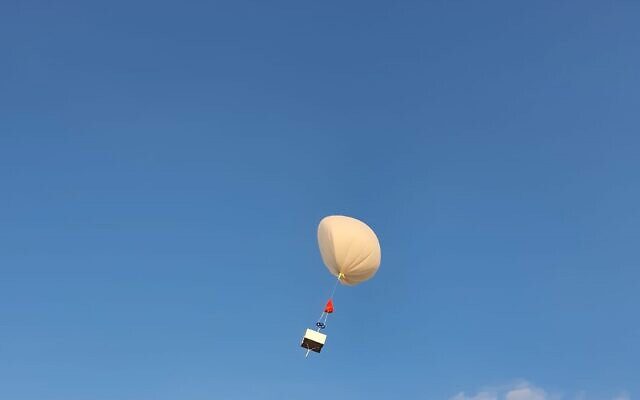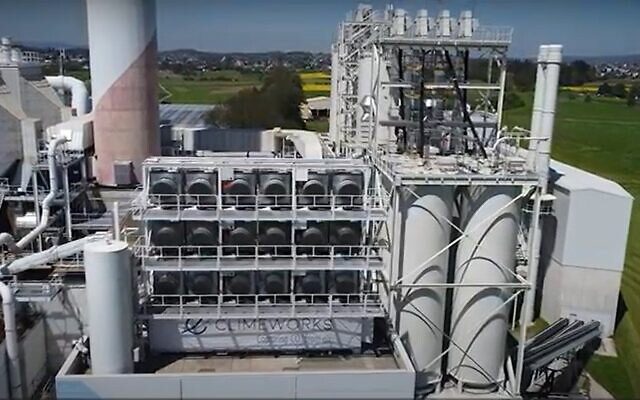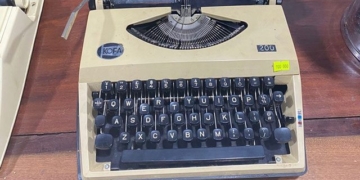Every year, the world emits approximately 50 billion tons of greenhouse gases, primarily through the combustion of fossil fuels such as coal, oil, and natural gas. This is the main cause of global warming and climate change.
Recently, the High Hopes Laboratory based in Israel has developed a method that not only captures CO2 components from greenhouse gases but also reuses them.

CEO of High Hopes Laboratory, Nadav Mansdorf, explained: “CO2 freezes at around minus 80 degrees Celsius, and we can observe that temperature at a distance of about 15 kilometers from Earth.”
The specific approach involves the laboratory creating a balloon made from special materials that carries a block of equipment and can reach the aforementioned altitude. When the wind blows through the equipment, frozen CO2 is separated and captured.

When the wind blows through the equipment, CO2 is separated and captured. (Source: High Hopes Laboratory).
After about 2 hours, the balloon returns to the ground, and the solid CO2 transforms into gas, which can be sold to industries ranging from plastic manufacturing to carbonated beverages, or buried underground where high pressure eventually turns it into limestone.
Mr. Mansdorf added that the prototype device could recover the largest amount of CO2 in tests, which was only a few kilograms. However, in trials next year, the expected amount of CO2 collected will range from 50 to 300 kg, up to 1 ton per day per balloon.
In comparison to Climeworks, a company in Iceland that uses air suction fans to separate CO2, mix it with water, and pump it underground—recovering 1,000 tons of CO2 annually at a cost of about $1,000 per ton—Mr. Mansdorf highlighted the economic viability of High Hopes’ solution:
“We are aiming for costs between $100 and $250 per ton, with the next milestone being to reduce costs to below $40 to $50.”

Climeworks in Iceland.
Mr. Mansdorf emphasized that this is solely the cost of CO2 recovery, and the ultimate goal is to recycle carbon by selling it to industry.
It is noted that High Hopes initially thought their idea was so unique that no one would dare invest. However, after conducting tests and realizing the idea would succeed, investments began pouring in.
According to Mansdorf, the laboratory raised $1 million within 3 weeks in the first round, followed by $3 million in the second round, and High Hopes is currently in its third major funding round, expecting to raise “a substantial amount”.
The experiment to recover CO2 from the air by Israeli scientists (Source: YouTube).


















































